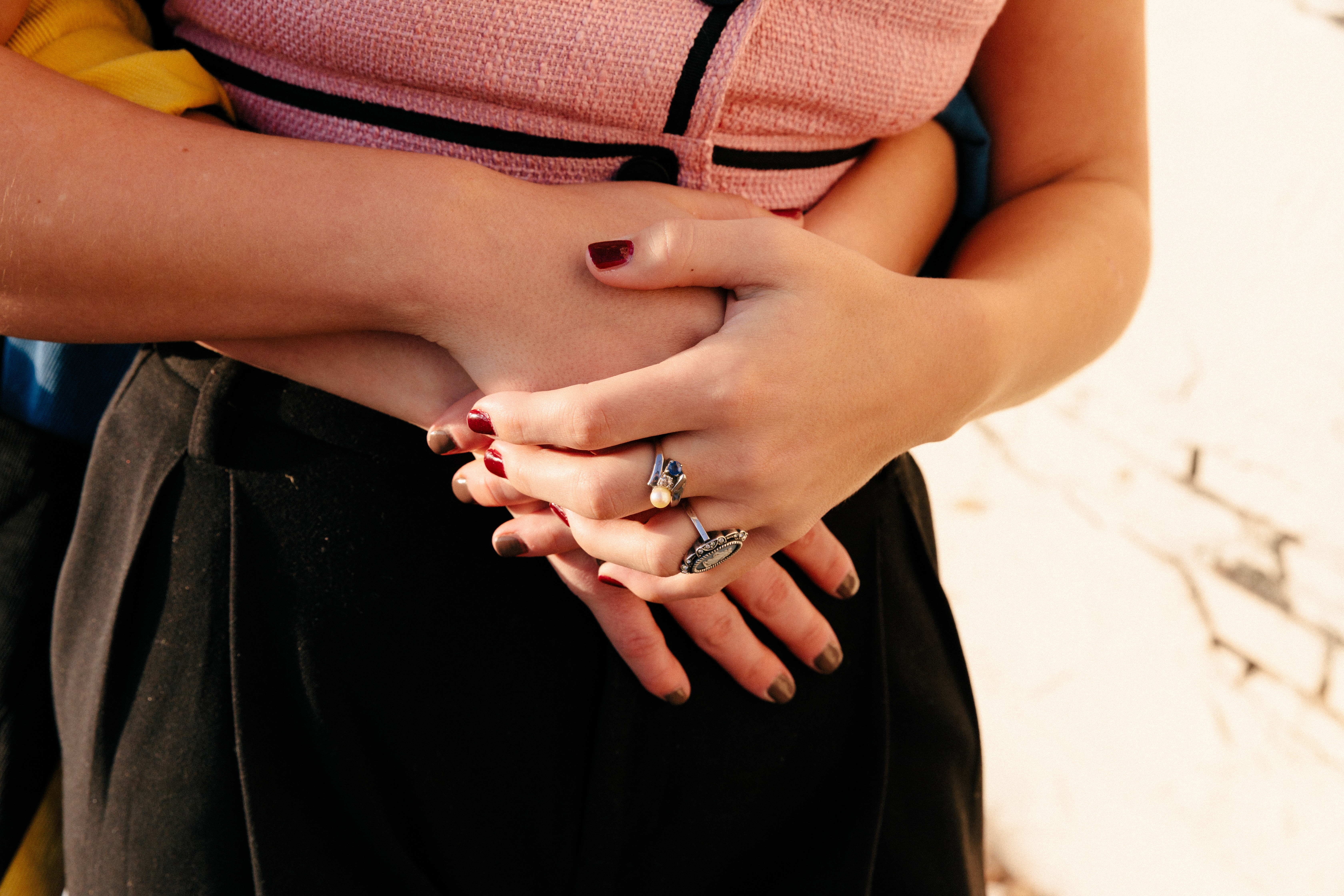Do you suffer from plant blindness?
Plant knowledge is on the decline: a study of UK students found only 14% could recognise more than three species of native plants. This is a serious problem.
I was getting out of the car to meet Maria Garcia, founder of foraging school Healing Weeds, when something invertebrate flew down my shirt and jammed its anal barb deep into my tit.
"Are you alright?" Maria called.
I was not.
While I sulked, Maria fiddled in a nearby verge, returning with a leaf resembling wrinkled salad.
"Chew this," she said, holding out the plant like the sprite in an online RPG. "Trust me."
I chewed suspiciously. The taste was bitter, but not unpleasant. When sufficiently masticated, Maria suggested I spread the juice over the throbbing sting. The effect was instantaneous. The pain was gone.
Every person in Britain thinks they know one thing about the healing properties of plants: when you get stung by the common stinging nettle, Urtica dioica, you find the nearest dock leaf and rub it over the affected skin. It is a ritual I have repeated many times in my life. It has never worked.
That’s because it doesn’t work. Yet, convinced of the veracity of this ancient lore, you, me, all of us, persist in our forlorn ministrations. It’s a parable for our alienation from nature: we think we know one thing about plants – and it’s wrong.
By contrast, Plantago major, a.k.a the humble plantain, is more widespread than the dock leaf and actually does the job. Its pulp contains an antihistamine that deals with all manner of stings and bites. So many hours mindlessly rubbing fructose into my pimpled pores, and the real answer was there all along. How did I never know? How did we never know?
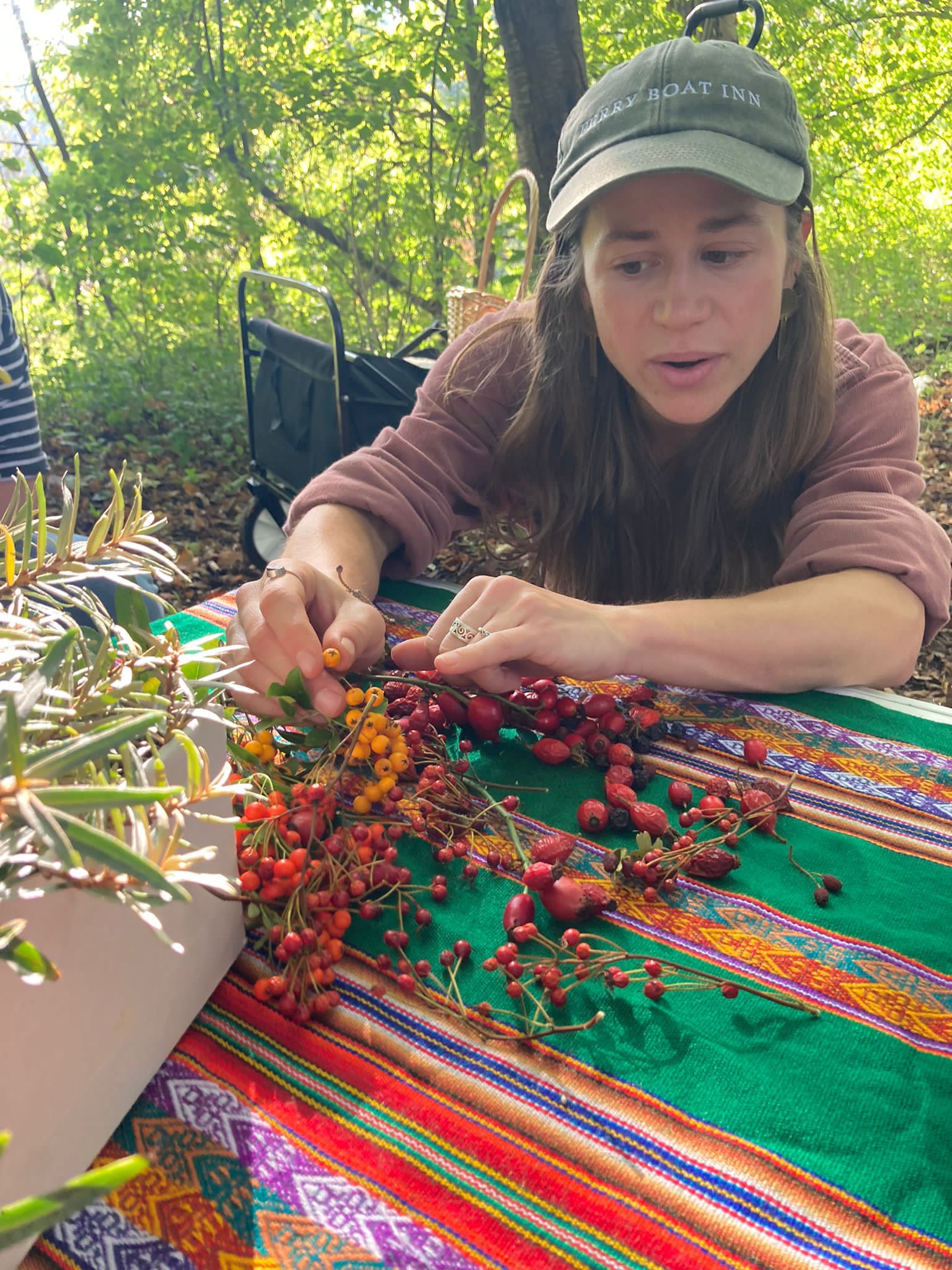
Maria Garcia, founder of foraging school Healing Weeds
Not only had I not known about plantain’s medicinal properties, I don’t think I’d even acknowledged its existence. Like many plants, it was not part of my cognitive vocabulary, and so it wasn’t part of my perceptual world, either. This phenomenon, known as ‘plant blindness’ explains why even common plants elude recognition. Our conscious mind is continually filtered for information that the preconscious mind deems valuable; a process which is part evolutionary and instinctual – and part cultural too. In ‘zoochauvinist’ societies like ours, which prioritise dynamic animals, the static, humble plant loses out. Absent colourful flowers or a brain trained in the art of botanical differentiation, the photosynthetic world becomes a generic lawnscape, experienced like a computer game in low render.
Plant knowledge is on the decline. The last botany-specific university course in the UK was shut down a decade ago, while the number of students enrolled in plant science and plant biology programmes between 2007 and 2019 accounted for just 0.05% of total biology graduates. As Stroud et al. discovered in a paper published last year on the ‘botanical education extinction and the fall of plant awareness’, for every 185 general students of the biological disciplines in the UK, only a single student of botanical sciences is produced. One study of A-Level biology students in the United Kingdom found only 14% could recognise more than three species of native plants. The same was true of their teachers.
It was not always so. Go back a couple of hundred years and Britain had a rich and irreverent culture of plant-based customs. A scroll through the Flora Britannica reveals all manner of such incidents. Take for instance, the account of the disgruntled owner of Hatfield Forest in 1826, who complained that as the hazelnuts began to ripen "the idle and disorderly Men and Women of bad character from Bishop’s Stortford… come … in large parties to gather the Nuts or under the pretence of gathering Nuts to loiter about in crowds … take Beer and Spirits and Drink in the Forest which affords them an opportunity for all sorts of debauchery." Six years earlier, a parish priest on the Isle of Man documented his failed attempt to prevent "Laa Luanya" (Lughnasadh), a festival which took the gathering of bilberries as an opportunity for riotous games and lovemaking on the nearest hillside.
Wild plants remained a source of food well into modernity, relied on especially by Britain’s commoners to supplement grazing, smallholding and stints of agricultural employment. Across Britain, foraging still enjoys surprisingly robust customary freedoms: one can gather wild plants on nearly all private land without being accused of theft, or having your pickings confiscated (provided nothing is uprooted, endangered or taken for commercial ends). Even ‘mundane’ plants were gathered for all kinds of ingenious purposes, such as soft-rush: cut, wetted, stripped, dried and dipped in scalding fat to make candles. Plants were also the basis of popular medicine long before they were chemically synthesised into modern, industrial pharmaceuticals. The hedgerow was a healer.
For all our efforts to destroy it, ecological abundance can still be found all around us. It just needs a chance.
The decline of this culture occurred on many fronts. Enclosure of common land, which escalated between the mid 18th and 19th centuries, increasingly saw people shut out from the countryside by a misanthropic architecture of hedges, walls and fences, alienating them from long standing relationships to its flora. Enclosure likewise introduced novel forms of agriculture which, in some cases, saw flower-abundant meadows ploughed up, presaging the later agricultural ‘innovations’ which have devastated our floral diversity. In this way, people were removed both from the means and the source of their plant culture. Urbanisation followed, cementing the separation of custom, country, and culture as rural workers migrated to the city to establish new kinds of lives. Meanwhile, the medical profession, increasingly influenced by scientific rationality, industrial imperatives and biochemical advancements, superseded a medicinal culture rooted in plants.
"I reached a moment in my life where I just felt like my eyes peeled back and I realised that everything I'm being told is a lie."
Maria and I are making our way to the Badminton Estate in South Gloucestershire, a 52,000 acre private estate owned by the Duke of Beaufort, where we’re planning a trespass. Six years earlier she had attended a herbal medicine course out of idle interest and became hooked as her understanding of plants was rapidly upturned.
"I started to see medicines that were being prescribed for quite serious illnesses - and working! - were just the plants that were out there: literally on your walk. Even where I live in a city, they were everywhere. And it just really just honed in how this stuff is literally in front of our faces. And yet we are led to believe that it has no purpose."
After training as a herbalist she founded the foraging school, Healing Weeds, so named to highlight the dissonance of dismissing as ‘weeds’ plants which are rooted in our wellbeing. Perceived in this way, the taxpayer-funded assault on nature, which still sees wildflower verges mown to shreds and pavement plants poisoned with glyphosate, resembles a collective derangement.
We wandered along an arable field. My untrained eyes picked up on bits of landscape generica: hedgerow, field stubble, deciduous tree, meadow flowers; my better trained ears on the crescendo of a yellowhammer and a Starling’s R2D2 remix. Maria told me to stop and pointed at something at my feet. Once again, I hadn’t noticed the small green plant, this time bedecked with charming yellow baubles. I saw in broad strokes, Maria in detail.
"Crush it in your fingers and smell it."
Unmistakeable: pineapple.
"Pineappleweed! It has the same properties as chamomile but is much more common." It was surreal to encounter such an exotic scent in a patch of England waste ground.
Now that I’d smelt it, I realised the entirety of the path is covered with it. Like plantain, I must have been ‘seeing’ it for most of my life - it grows well in the disturbed ground where people walk - yet I had no idea of its extraordinary scent.
Maria leant into the area I’d classified as "general meadow flowers" and nipped off some seed pods from something I thought I recognised.
"Cow parsley?"
"Close! Common hogweed."
She split the seed in half and held it to my nose. Again, the smell was remarkably aromatic, resembling something close to coriander. "People use it in cooking for exactly that reason."
We entered a shaded area on the edge of the estate, covered on one side by semi-native woodland. I asked Maria how many different plants she could see around us, and she started reeling off the names: silverweed, common ivy, ground ivy, dog mercury, cuckoo pint, hawthorn… For all our efforts to destroy it, ecological abundance can still be found all around us. It just needs a chance.
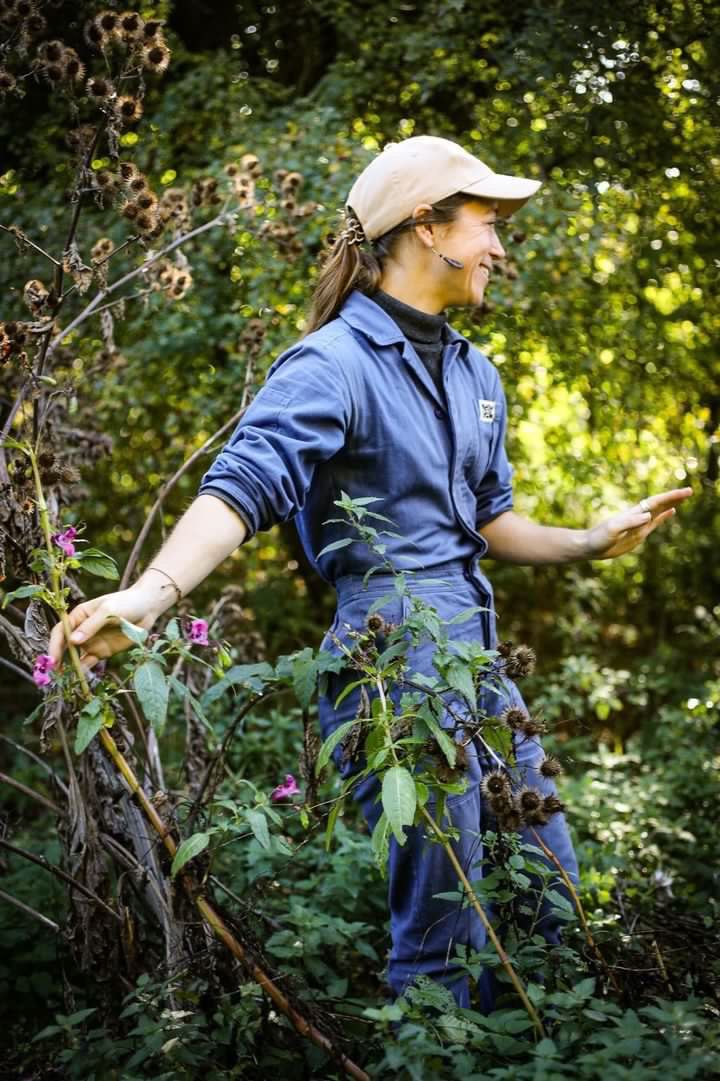
"We have been severed [from our connection with plants] … but all that diversity can exist at home too."
Later in Maria’s training she visited Latin America to learn more about indigenous approaches to plant medicine. "You go out into the forest and realise there are powerful plants all over the place. All of them have a use, and they’re all specific in their use. It really validated my thought that as soon as you step into another plant environment, you’re met with a host of medicines."
The experience challenged her relationship with her native flora: could it really be that all the powerful, life-enhancing plants were ‘out there’, in ‘exotic’ environments like the tropical rainforest? Or was it simply that the culture she was raised in had left her blind to the significance of what was around her?
"We have been severed [from our connection with plants] … but all that diversity can exist at home too. And we’re lucky that there are people in other parts of the world that can still show us what it’s like to live in that way."
That we don’t may be at the root of all kinds of problems. Globally, around 40% of plant species are at risk of extinction and over half of Britain’s & Ireland’s native plants are in decline. With them will go all kinds of potential breakthroughs: scientific, medicinal, agricultural and spiritual. Already, more than 28,000 plant species are used in medicine alone. As demonstrated with recent breakthroughs in the use of psychoactive plant derivatives for healing trauma and other chronic mental health conditions, plants could be one of the greatest untapped repositories of human development.
Yet their plight struggles to get a hearing amidst the inherent biases of our culture; an anti-animism which militates against the notion that plants are imbued with life in the same fashion as creatures. Data from the United States shows that ‘despite plants comprising the majority of the federal endangered species list (57%), in 2011 they received less than 3.86% of federal endangered species expenditures’, a finding replicated in other nations like the UK, where around 97% of wildflower meadows have been lost since World War II due to agricultural ‘improvement’.
"It’s like going to a party and you see someone you didn’t expect to be there! There’s this beautiful feeling that comes walking anywhere and meeting familiar faces. And once you recognise one plant species then you see it in another place and you get to know it differently."
This, according to another young botanist, Leif Bersweden, is a disaster for ecological renewal. ‘I read so many articles about saving this bird, or this mammal… but to me it seems so unbelievably obvious: if you just create the conditions for high botanical diversity then everything else will be absolutely fine.’ Save the plants and everything else will follow.
As botanists go, Leif is an unusual one. When I last met him he was dressed as a giant glow-worm, slutdropping to Rihanna while his luminous tail lit up the dancefloor. Like Maria, he is young – part of a new generation of nature influencers who have packed in an academic career (Leif has a PhD in ‘Species Integrity and Gene Flow in Anthropomorphic Orchis species’, which he has wisely rebranded as ‘the secret sex life of anthropomorphic orchids’) to popularise the fightback against ecological destruction.
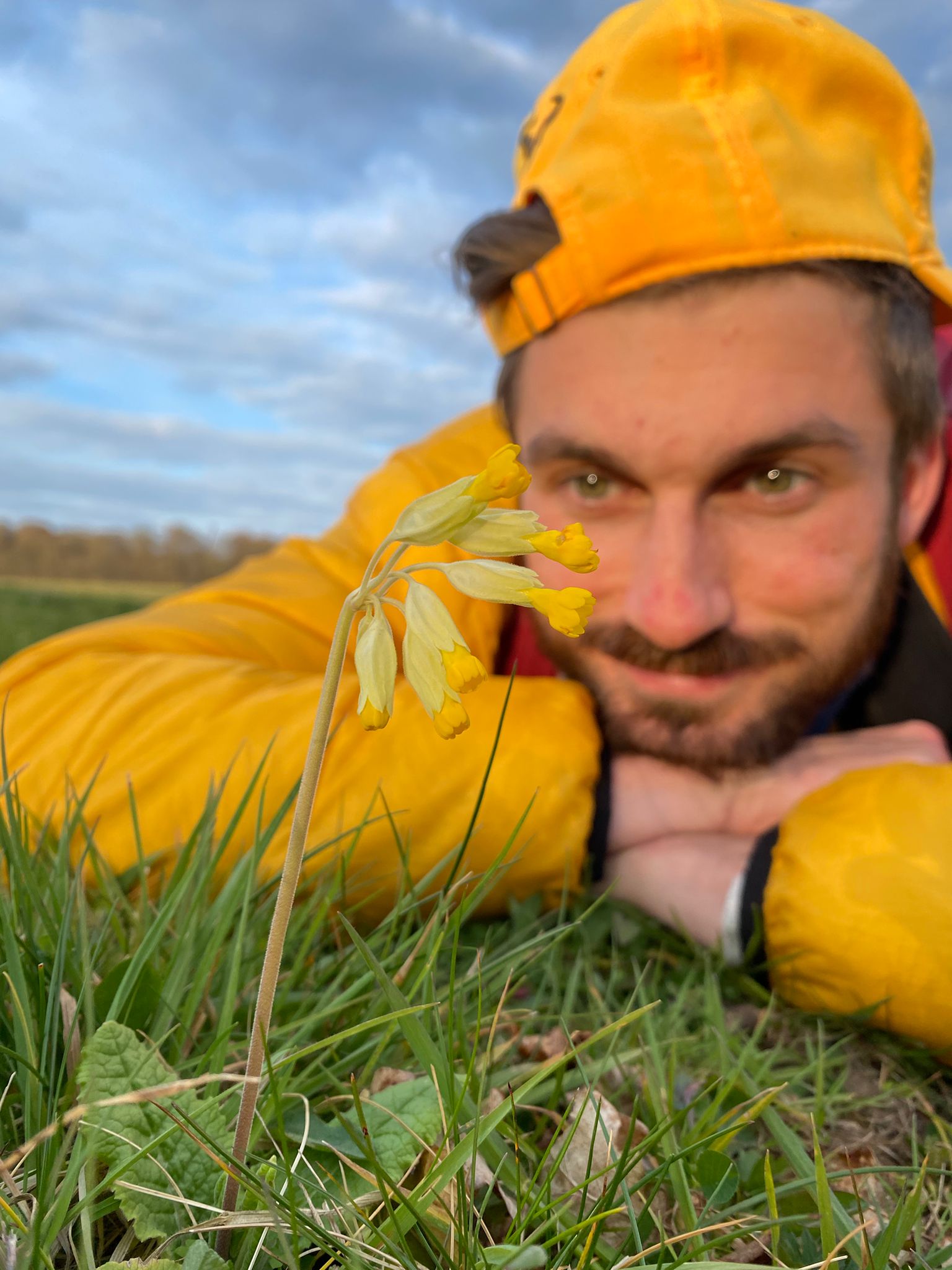
Botanist, Leif Bersweden
He was, in his own words, obsessed with plants from an early age, mainly because of their inability to run away from him. But, as a shy boy, he remained in the plant-nerd closet, his enthusiasm a secret kept even from his friends. That lasted until one fateful science lesson when, still a young teen, he astonished his teacher by correctly identifying a sub-species of speedwell.
It was his only opportunity to do so. Plant biology forms one part of the GCSE curriculum, and so generations of students have learned about photosynthesis, and dutifully labelled their xylems and phloems, but without a requirement to identify a single plant. In hindsight, this reduction of plants to processes strikes me as remarkably pointless. Why would I care about plant sugars before I know to care about plants? Like so much of education we train people for a technical future they will mostly never have in place of connecting them to the world they already occupy.
To disrupt our zoocentric curriculum, Leif thinks we should approach the matter through… well, osmosis. "You’ve got teachers teaching students in an ignorance of, and sometimes bias against, plants. And that obviously leads to a diminished experience with them." Botanical literacy for teacher trainers, "even if it’s just showing them the most exciting things about plants might help enthusiasm percolate through the system." The curriculum could be altered to focus on the "really exciting things about botany… the electrical signals going through a sundew’s leaf when an insect lands on it, Lords and Ladies giving off a rotting meat smell… all the really weird shit that everyone loves", rather than an obsession with technical details which could, if necessary, be learned when it matters. A curriculum of connection could deliver so much more.
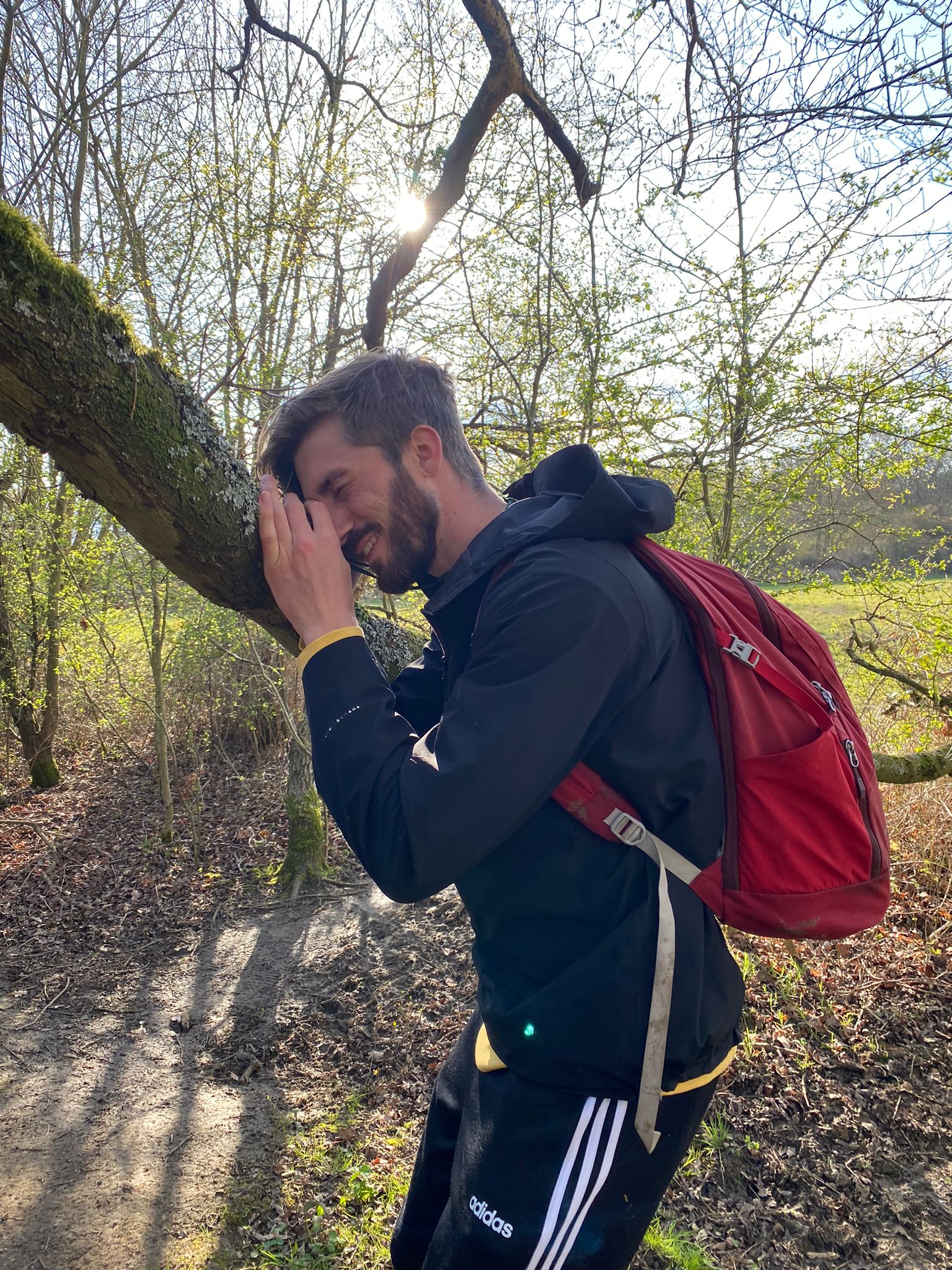
"You’ve got teachers teaching students in an ignorance of, and sometimes bias against, plants. And that obviously leads to a diminished experience with them."
Back at Badminton, Maria and I hop the big estate wall and walk alongside a giant avenue of wildflower meadow, running the ‘chase’ between the Great House and Badminton’s famous gatehouse. The abundance is heartening – but, despite being the result of environmental subsidies, out of reach to the public who paid for it. Might there be more if we knew what we were missing?
I ask Maria whether getting to know plants has changed the way she feels in the landscape, and the way she moves through it.
"It’s much slower. Much more curious, much more joyful. It’s like going to a party and you see someone you didn’t expect to be there! There’s this beautiful feeling that comes walking anywhere and meeting familiar faces. And once you recognise one plant species then you see it in another place and you get to know it differently. It just builds love, and an understanding of the environment that’s not directions to get from A to B but what is actually there on the way."
We leave the wildflower avenue and enter the vast, parched parkland in front of the main house, a giant Georgian pile which must have more bedrooms than we can now see flowers. Cropped by lawnmowers and chewed by the ornamental deer, we meet few familiar faces here. And I wonder if this is where it all started. The walls built to exclude us, the association of affluence with order, the belief that those who own land ought to be able to do with it as they wish – regardless of the cost. Badminton’s archive throws up a familiar dichotomy between glorious accounts of the hunting soirees undertaken by its aristocratic owners, and the court records of villagers arrested and fined for ‘stealing’ wood, fruit and flowers from its grounds. Already, when hazelnuts were still an excuse for a party and bilberries for an orgy, the exclusive use of land - and with it, the source of all those relationships - was being well advanced by enclosure. Did our plant culture die when the walls went up? What seeds might grow if we took them down?
Take action
- For botanical resources and to get involved with a variety of plant protection projects with the Botanical Society of Britain and Ireland
- Support the charity Plantlife to protect and restore areas of floral diversity
- Buy Leif’s book, Where the Wildflowers Grow
- Join a foraging course with Healing Weeds
The Lead is now on Substack.
Become a Member, and get our most groundbreaking content first. Become a Founder, and join the newsroom’s internal conversation - meet the writers, the editors and more.




